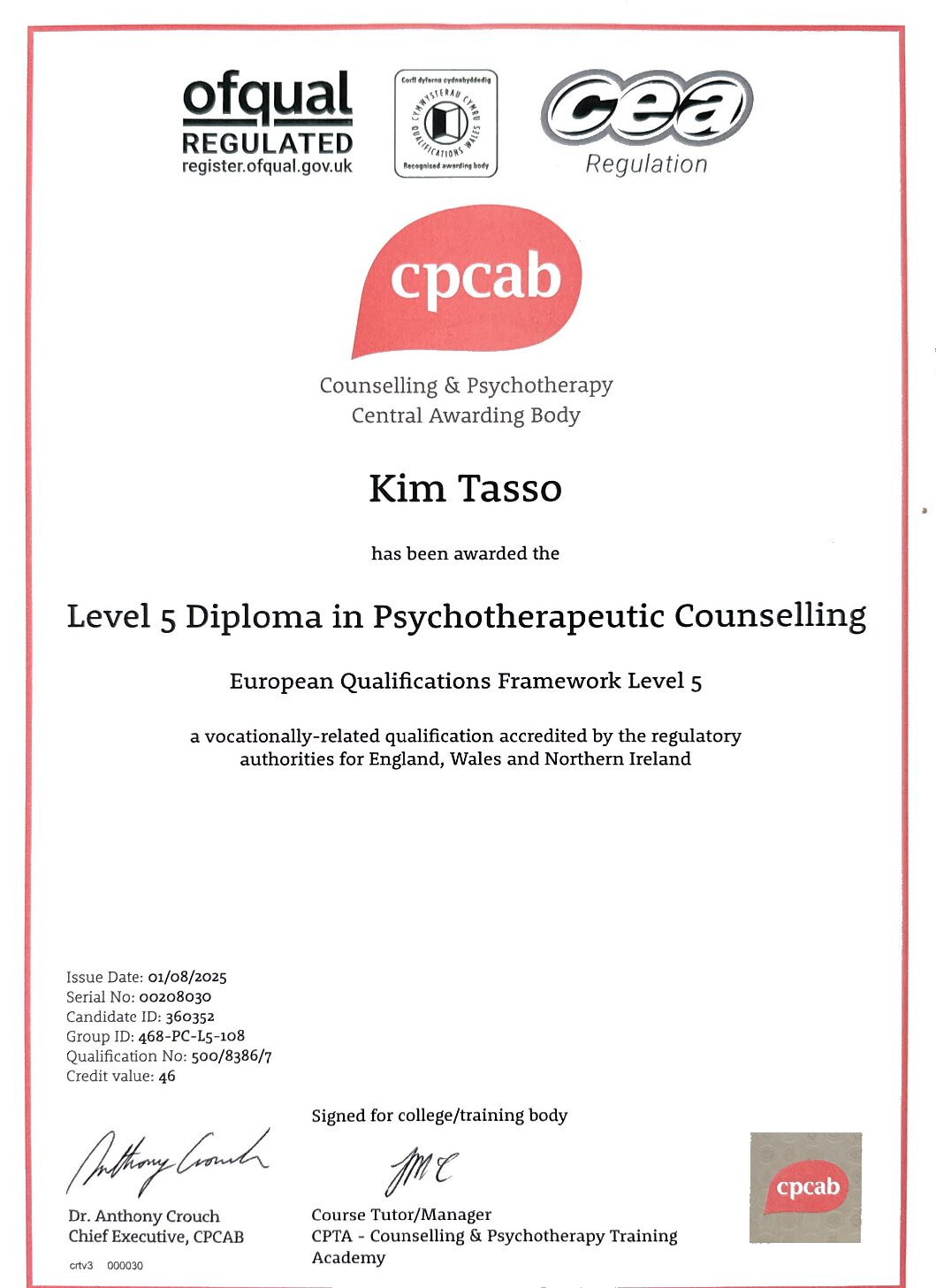
As part of the conflict management training courses and coaching I provide, I have just updated the 40 page resource “Guide to effective communication, conflict management and negotiation for smoother relationships and better outcomes” that I provide to delegates and coaching clients. 10 practical tips for fee and price negotiations.
Whilst much of the training focuses on influence, persuasion and avoiding or managing conflict during major campaigns and projects and change management programmes, there is a fair amount for professional advisers on managing fee and price negotiations.
Conflict can be simply defined as “a discomforting difference” and that is a relevant issue in fee and price negotiations – generally, the professional wants the highest possible price for their work and the client wants the lowest possible. In fee negotiations, we see the majority of the sources of conflict in play:
-
- Interdependence (client needs professional, professional needs client)
- Difference (client needs advice, professional gives advice)
- Opposition (client vs professional adviser)
- Expression (client and professional adviser must communicate)
- Emotion (fee discussions raise a variety of emotions in the client and the professional)
Effective fee negotiations rely on the use of a lot of skills, not least (and there are separate blogs on many of these topics – use the search facility on the right):
- Client care (referred to as “clientology”)
- Communication
- Confidence
- Empathy
- Estimating and quotations
- Expectations Management
- Negotiation skills and process
- Pricing policy and communication
- Procurement
- Project management
- Psychology
- Relationship Management
- Sales or selling skills
- Trust
- Value proposition
No doubt many firms provide training for their professionals in principled negotiation (see below) as part of their technical training – particularly if they are property negotiators or legal mediators and litigators:
- Define the conflict issue
- Identify and evaluate your goals
- Decide whether you want to resolve the issue by negotiating
- Arrange a meeting with the other party
- Conduct the meeting
- Make a contract
- Follow through on the contract
But here are some insights that I have found to be of interest to less experienced negotiators when engaged in fee and price negotiations with clients:
1. Have clear policies – In many firms, the professionals are unclear of the firm’s overall strategic pricing policies and any that are different for particular teams, types of work or even fee-earners. Some firms invest time in detailed and regular communication and training programmes so that all professionals are equipped to enter into price negotiations in a consistent and confident manner. Where key clients and major contracts have special pricing arrangements – or where relationship partners have agreed particular frameworks or deals – these need to be communicated to all those who are affected.
2. Manage expectations and projects – Despite the numerous professional regulations governing the provision of fixed fee, project estimates (best guess as to how much the work will cost), quotations (a promise to do work at an agreed price) and tenders too often the lack of clear communication at the outset can cause problems. Another issue is that clients are not kept informed about possible changes in initial estimates whether due to unforeseen circumstances or their changing requirements or instructions. Regular discussion and updates – particularly in advance of any changes – is always better than springing a surprise on clients at a later stage or after the work is completed.
3. See the client’s point of view Clients will focus on the emotional journey, tangible outcomes and the value perceived. Understanding what is important to the client will enable the professional to align the fees to the perceived value. This can extend to helping the client explain the value to others in his or her organisation. Sometimes this may mean charging more than the time billed where the advice is of strategic importance or of huge financial value to the client. Value pricing is somewhat underdeveloped in the professions.
4. Consider personal styles and strengths – Negotiations are conducted by humans who come in different ages, genders, nationalities and cultural backgrounds (with significant variation in egalitarian/hierarchical and other dimensions). They have different personality styles and different negotiating styles. The science of negotiation has revealed three behavioural predispositions in negotiation style that have a direct impact on effectiveness – interpersonal orientation, motivational orientation and resistance to yielding. It’s important that you understand your own style and its strengths and weaknesses and when the situation – or the opposing team – have different styles to which you must adapt. Also think about how you will manage dysfunctional or toxic negotiating styles.
5. Do your preparation – Too many people scrimp on the time they invest in preparing for good negotiation. You may need to assemble and synthesise a lot of information and you will certainly need to research your own needs, resistance points, limits and concessions as well as those of the other side. You’ll need to think about what options may be addressed during negotiations and your worst and best alternatives to a negotiated agreement. Consider where the negotiation will take place (an important part of the structural context of the negotiation along with social factors and the issue agenda) and what sort of power imbalances and sources there might be, what negotiation tactics might be adopted and what signals may be given – and how you will respond in each situation. And consider what needs to happen afterwards – in terms of making agreements stick, avoiding future conflicts and in repairing any relationship issues.
6. Manage your emotions – Conflict and negotiation are communication situations where emotions are likely to have a big impact – especially pride, hurt and anger. Relatively trivial events can trigger alarmingly strong reactions if they touch on personal issues or past grievances and cause negotiations to become more complex and difficult than necessary. Learning to recognise and manage your own emotions and those of others are essential skills learned as part of an emotional intelligence training programme.
7. Be aware of perspective and punctuation – People often take a different perspective to an issue and you need to look at the problems from as many different angles as possible. For example, the client may perceive that they have given you a number of valuable referrals in the past and therefore deserves preferential rates whereas you may recognise that the client is rather demanding and has already been given more “free advice” than you would normally offer. A common cause of conflict is different punctuation – when the problem started. For example, you may be thinking about when you reduced fees three years ago and the client may be focusing on a perceived overcharge three months ago.
8. Recognise conflict spirals – Recognise the emergence of a conflict spiral and learn alternative strategies for uses at different stages to reduce conflict, de-escalate and exit the spiral. Careful monitoring of casual remarks and irritation can indicate the beginning of a conflict and allow early action to avoid escalation.
9. Focus on interests rather than positions – It is easy to become locked into entrenched positions (e.g. I won’t pay any more, I will not cut my rates any further) and hard to escape them if you do not look at underlying interests and needs and mutually acceptable (“win-win”) scenarios. Core selling skills of questioning, active listening, influencing and persuasion are important here – as well as the observation of non-verbal communication.
10. Don’t split the difference – When negotiating teams get stuck at two extremes, there’s a natural tendency to adopt the “fair” approach of splitting the difference. But this should be avoided as people will start with an inflated starting position to accommodate this and there are many instances where splitting the difference is simply not appropriate. There are many alternatives here including reframing the terms, redefining the boundaries or scope and trading concessions. If you have to reduce the price, ensure that the client makes some matching gesture such as limiting the scope, changing timescales, reducing the quality, taking on some more of the work or accepting a differently structured team. While there is some research to show that the more extreme the opening move, the more likely that both parties will may reach a mutually satisfactory outcome because there is more room for concessions there is other research to show that sometimes this can backfire.
Related links on fee negotiations
Book Review: Strategic Tendering for Professional Services April 2025
International business negotiation – The Majalis approach January 2025
Pitching and tendering – Manage objections – Kim Tasso August 2024
fixed views and closed to new ideas (dealing with stubbornness) July 2024
You’re not listening – What you’re missing June 2024
Negotiating skills – Balancing task and relationship April 2024
Why are questions so important? (Questioning skills) February 2024
Managing client complaints – Process, anger and apologies June 2021
Never split the difference: Negotiating by Chris Voss May 2021
Book review – Persuasion: The art of influencing people by James Borg March 2021
Mediation skills and strategies – A practical guide by Tony Whatling October 2020
Soft skills – Dealing with difficult conversations September 2020
Book launch: Essential soft skills for lawyers – some research findings July 2020
Enquiry management: Converting more telephone enquiries July 2019
Assertiveness skills – getting what you want and saying “No” May 2017
leader’s guide to negotiation – book review September 2016
Seven tips for conflict management and negotiation May 2016
Nine ideas for better conflict management July 2013
The psychology of price – Kim Tasso February 2011









